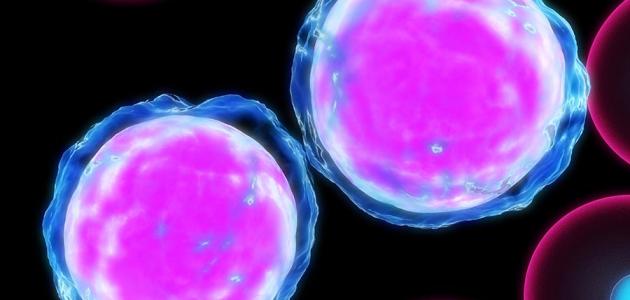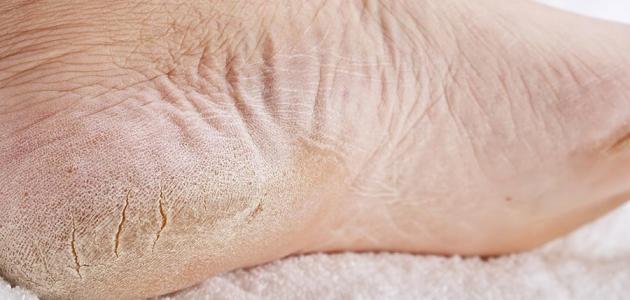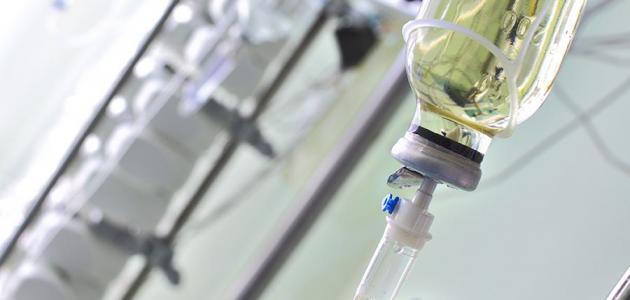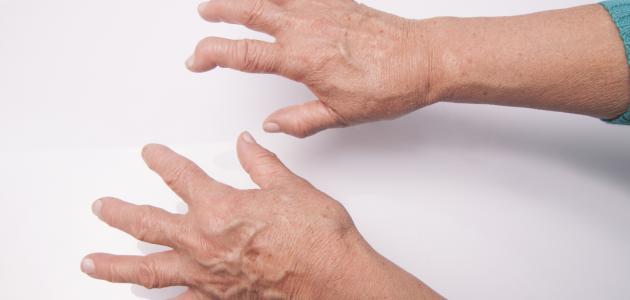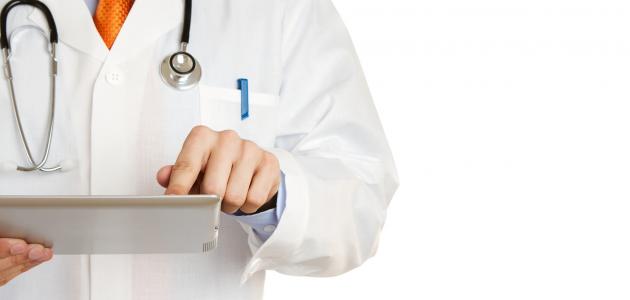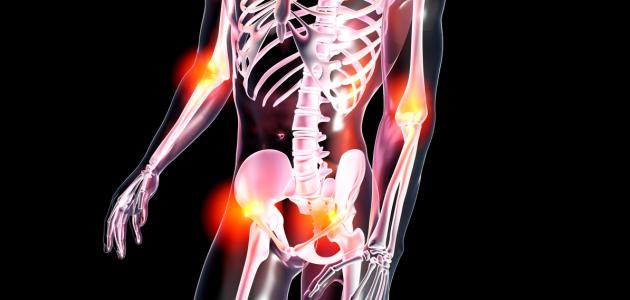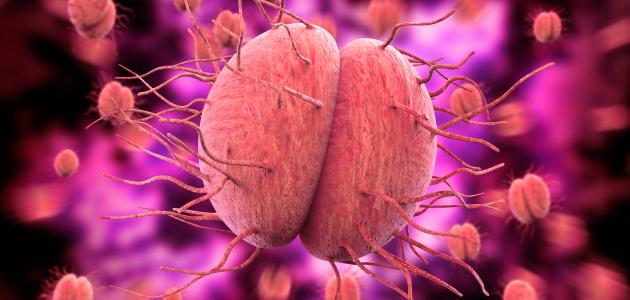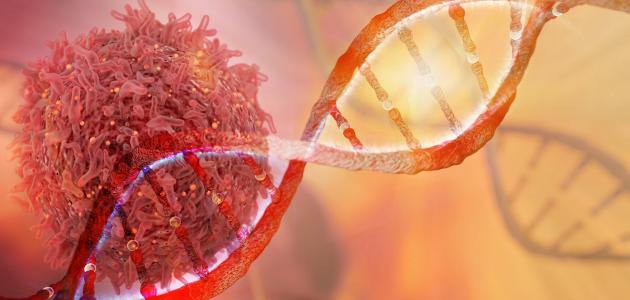Contents
Leprosy
Happens leprosy also known as Hansen 's disease as a result of infection with the bacterium can cause damage to the skin and the nervous system, called Basah Hansen or Mycobacterium leprae , and result from infection skin lesions and deformities made People with the disease have been historically shunned in many cultures, and these lesions often appear in colder places on the body such as the eyes, nose, earlobes, hands, feet and testicles . Leprosy is similar to tuberculosis , as both are considered granulomatous disease. It produces inflammatory nodules in the skin and nerves called granulomas. [1] [2]
Symptoms of leprosy
Symptoms of leprosy appear mainly on the skin, nerves, and mucous membranes , and what distinguishes this disease is that it develops very slowly due to the long incubation period of the bacteria that cause it. Determining the time and location of the injury is very difficult, and in general the symptoms can be divided according to the affected area as follows: [2] [3] [1]
Skin symptoms
Skin symptoms that may occur in a person with leprosy include:
- The appearance of flat and pale spots on the skin, in which the sufferer often becomes numb.
- Nodule growth on the skin .
- Skin dryness, thickening and stiffness.
- Painless sores on the soles of the feet .
- Swelling or painless lumps on the face or earlobes.
- Hair loss in eyebrows or eyelashes.
Neurological symptoms
Leprosy causes numbness and loss of feeling in some parts of the body, due to the effect of leprosy on the nerves, thus the person becomes more susceptible to burns and other injuries that can occur without being noticed or felt. Therefore, the patient should take care and caution to ensure that the affected and lossless parts of the body do not get burns and other injuries. Among the symptoms caused by nerve damage include:
- Numbness in affected areas of the skin, loss of feeling in them.
- Muscle weakness and paralysis in some parts of the body.
- Enlarged nerves, especially around the elbow, knee, and sides of the neck.
- Suffering from eye problems and disorders , if the facial nerves are affected.
Symptoms on mucous membranes
Symptoms that appear on the mucous membranes as a result of infection with leprosy include:
- Stuffy nose.
- Nosebleed or bleeding nose .
Complications of leprosy
If leprosy progresses and is left untreated, a person becomes vulnerable to developing one of the following complications resulting from deformation and permanent nerve damage: [2] [3]
- Blindness.
- The face is deformed, due to the permanent tumors and lumps that appeared on it.
- Erectile dysfunction and male infertility .
- Injury failure kidney .
- The hands are deformed as a result of muscle weakness, and they become claw-like.
- Loss of ability to bend the feet.
- The nose is deformed, due to the permanent damage it inflicts.
- Short and deformed fingers and toes.
Methods of transmission of leprosy
It is still unclear how leprosy spreads, but scientists believe that transmission occurs when a healthy person breathes droplets containing the bacteria from an infected person's sneeze or cough. In fact, leprosy is not considered highly contagious, as it is believed that transmission requires direct and close contact with a person who has leprosy and has not received appropriate treatment for his condition, over a period of several months. The disease is not transmitted by shaking hands or hugging, or sitting next to an infected person on the bus, or sitting with him to eat, and it is not transmitted from the mother to her fetus during pregnancy, nor is it transmitted through sexual contact. What makes finding the source of the infection difficult is the slow nature of bacterial growth and the length of time it takes for signs and symptoms of the disease to develop.Bacteria to humans, but the risk of transmission by armor is extremely small. [4]
Risk factors for developing leprosy
The following groups are more likely to develop leprosy than others: [1] [4]
- People who live in areas where leprosy is common, especially those who are in frequent contact with infected people and from these areas:
- Some African countries such as the Democratic Republic of the Congo, Ethiopia, Madagascar, Mozambique, Nigeria, and the United Republic of Tanzania.
- Some Asian countries like Bangladesh, India, Indonesia, Nepal, the Philippines, Sri Lanka, China, and Japan.
- Brazil.
- People with a genetic disorder that affects their immune system, and it is located within a specific region of chromosome number 6.
- People who deal with certain animals known to carry bacteria, such as armadillos and African chimpanzees, especially if they do not wear gloves while dealing with these animals.
Leprosy treatment
The treatment of leprosy depends mainly on the use of some antibiotics for a period ranging from six months to two years, depending on the type of disease and its clinical severity. It should be noted that it is not recommended to use a single antibiotic in the treatment of leprosy. This is to prevent the development of antibiotic-resistant bacteria. In fact, the World Health Organization recommends combining three types of antibiotics to achieve the desired results from the treatment, which are Rifampicin, Clofazimine, and Dapsone . Among the drug treatments used to reduce complications related to loss of feeling are the following: [5]
- Maintaining the moisture of the eyes by using artificial tears and the use of sunglasses.
- Inspect the limbs and eyes on a daily basis for fear of wounds, and cover them with sterile wraps in case they occur.
- Skin care.
- Doing daily exercises to keep the limbs flexible and prevent tendon contractions.
- Wearing special shoes to prevent ulceration of the lower extremities.
References
- ^ A b T "(Leprosy (Hansen 's Disease's" , Www.medicinenet.com , Retrieved 27-4-2018. Edited by .
- ^ A b v "Overview The Leprosy" , the www.webmd.com , Retrieved 27-4-2018. Edited.
- ^ A b "(Hansen 's 's Disease (Leprosy" , Www.cdc.gov , Retrieved 27-4-2018. Edited by .
- ^ A b "(Hansen 's 's Disease (Leprosy" , Www.cdc.gov , Retrieved 27-4-2018. Edited by .
- ↑ "Leprosy Treatment" , www.news-medical.net , Retrieved 16-5-2018. Edited.


